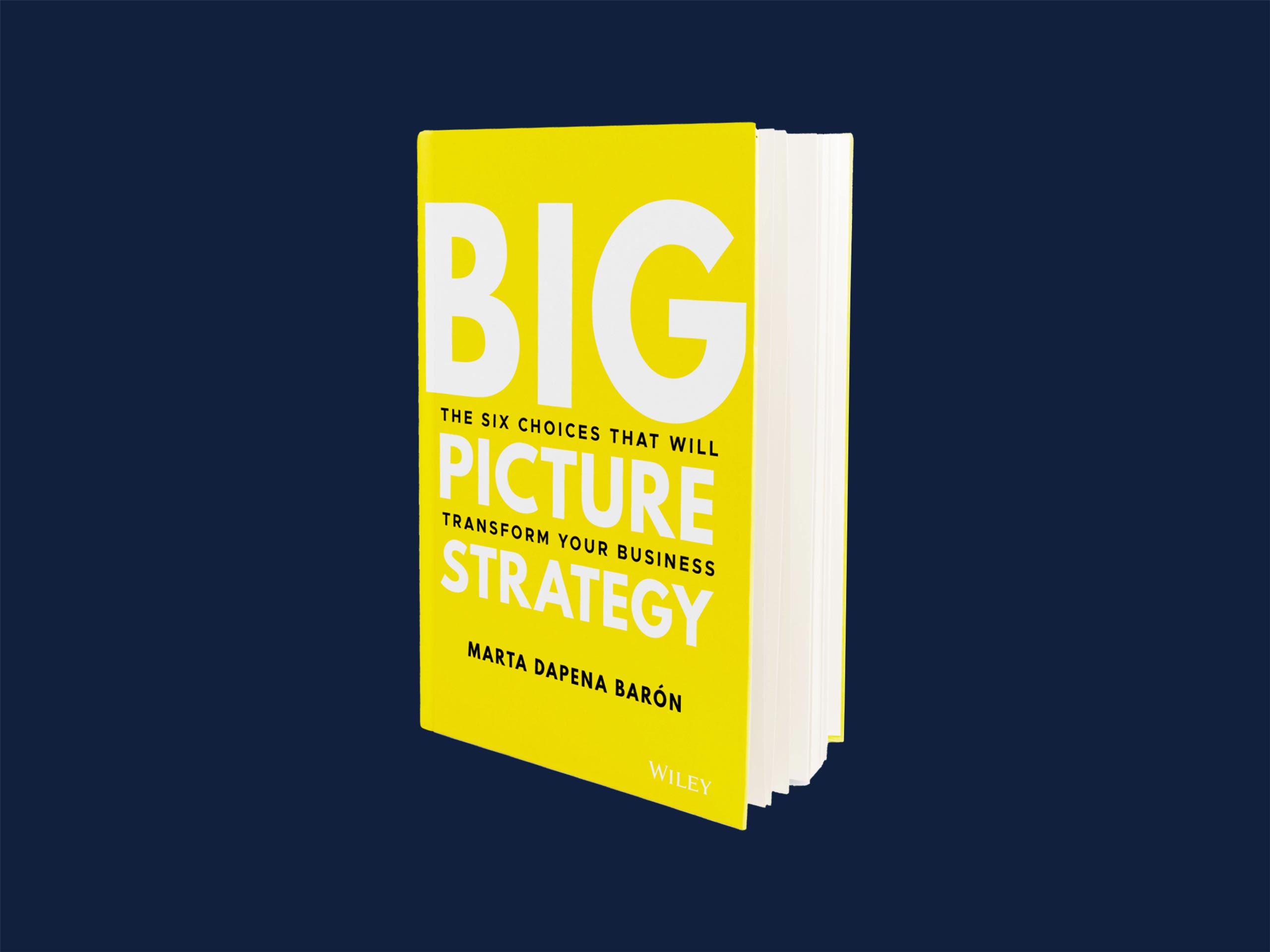While working with my strategic pricing class this week, I was reviewing responses to price cuts by competitors, and discussing when and how to respond to price competition. The tools and framework presented by The Big Picture © provide important insights for determining how, when, and why a firm would respond to price competition.
Starting with Business Objectives, in evaluating competitive price cuts, we consider our core competence as well as the core competence of the price competitor. If the competitor has a core competence that gives them a strategic price advantage – a true lower cost structure- we should not ignore their price move. However, a price cut coming from a higher cost-base competitor is likely temporary and purely tactical and we should combat it with communications or ignore it altogether.
We then turn to Marketing Objective and Source of Volume to evaluate the price cut from a strategic perspective. When considering how to respond to a competitor’s price cut, we are naturally focused on the retention strategic quadrants. We must ask ourselves: what is the probability of losing strategic customers? A key to answering this question is understanding what percent of our customers are loyal and therefore resistant to competitive affront. And for those who are likely to switch away from our brand: are they high customer lifetime value accounts or price-sensitive switchers?
Next, we consider the 4Bs framework, specifically the second “B”, “Beliefs.” In evaluating competitive price cuts we consider both the perception and the importance of price. Price competitors win by increasing the importance of price as a purchase attribute, in addition to changing customer perceptions of the price of their brand. Given this, how we respond is critical: A simple price response plays right into the hand of the competitor – yes, it alters the perception of our price, but by discounting, we increase price importance even further – precisely where the competitor holds an advantage. Even if after we cut price the competitor does not respond by lowering their price even further, we are left with smaller margins, decreasing our ability to innovate on our core competence.
Non-price responses can be more effective than price cuts, because they may help us increase the importance of other attributes and lower the importance of price. Non-price responses can include longer warranties, preferential treatment, or better contract terms. Additionally, we can respond by increasing the value of our offer to customers while not lowering the list price, by for example, bundling services or offering improved financing terms. While these are, in effect, price cuts they maintain the optics of our pricing level and can help divert attention away from the metrics where we are vulnerable.
The Big Picture tools and framework are as helpful in setting new product prices as in preparing to respond to competitive price cuts. Pricing questions are multifaceted, and therefore complex even for the most seasoned managers; using the logical approach of the Framework increases our chances of making prudent decisions.




